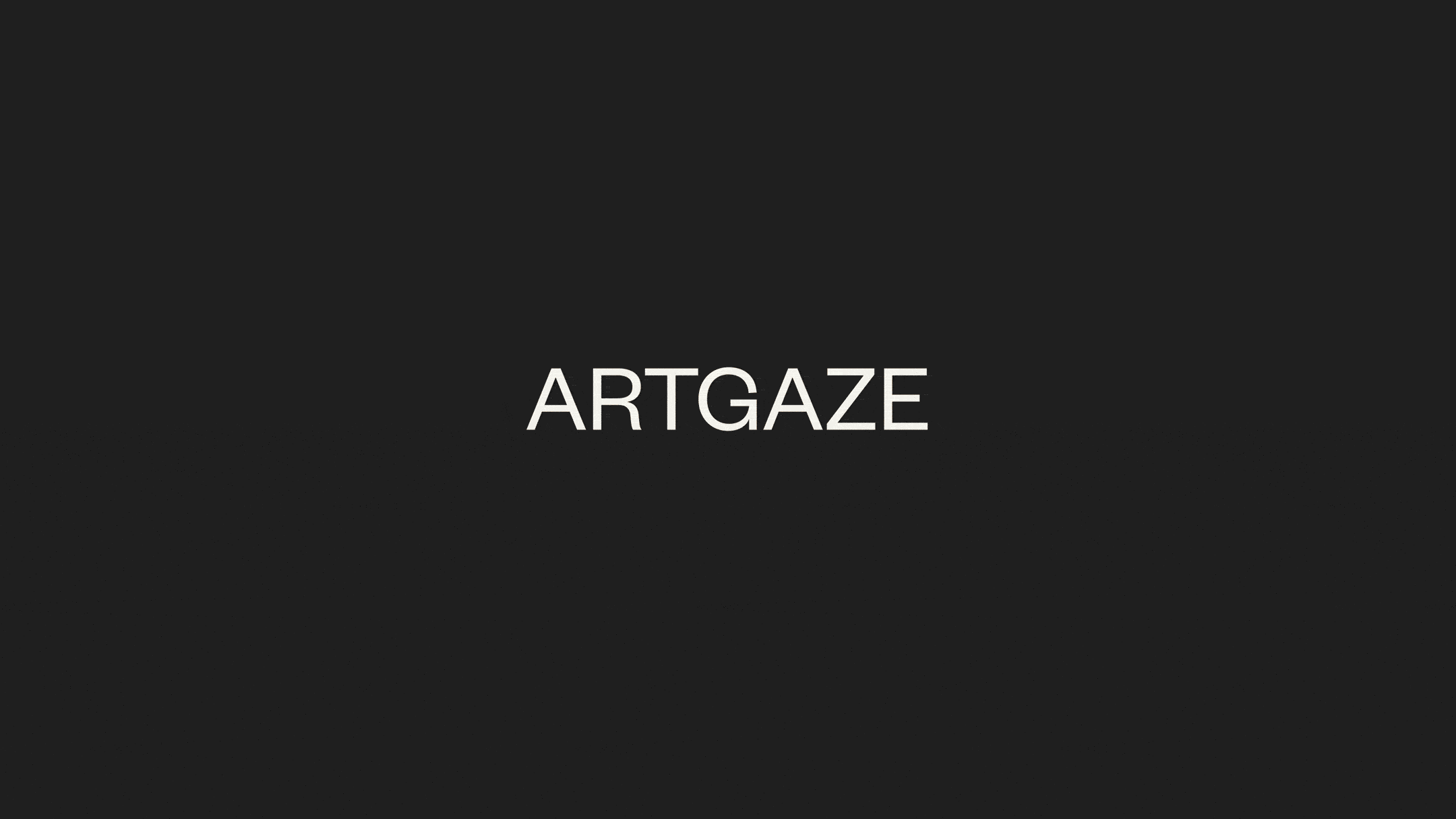To get an idea of the problem space, 15 people across three age groups responded to a survey about their preferences when looking for exhibits. Most participants visit art galleries and exhibitions at least 2-3 times per year (10 out of 15). You can check the full
survey results here.
I discovered that people almost always visit art galleries and museums when travelling. The majority (13 out of 15) said they usually include art galleries and exhibits as part of their trip schedule. Regarding types of museums, contemporary and historical are the respondent’s favourite types of museums. 12 out of 15 respondents’ goals when visiting museums are to learn something new or get inspiration.
Most participants said it’s easy to find art to visit. However, they think some exhibits can be quite hard to attend, depending on where they live and the availability of tickets. Some others think it’s hard to find art they like. According to them, there are too many options to choose from. Or they never hear about the exhibits unless they check Google or galleries’ websites.


